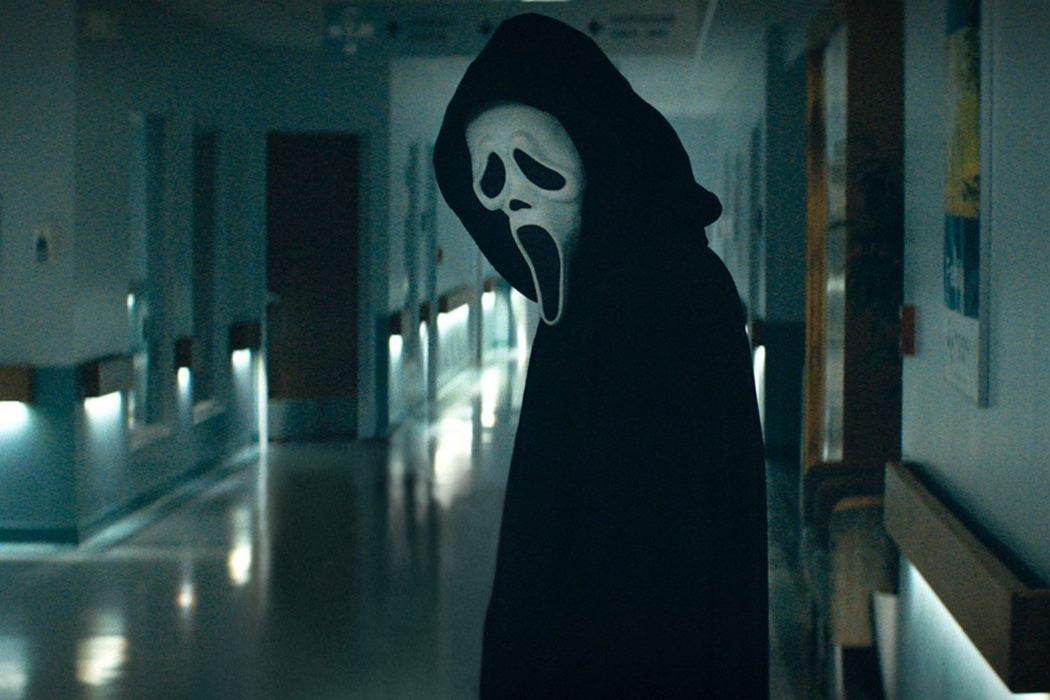With its first film debuting in 1996, the Scream franchise has succeeded by self-critiquing its own genres: slasher films, and horror in general. Through the first four movies, Sidney Prescott (Neve Campbell) survived by mostly following “the rules.”
In a 2005 journal article, published between Scream 3 and Scream 4, film and media studies professor Valerie Wee describes that what set the franchise apart from previous slasher movies is its own awareness of genre tropes, and its willingness to knowingly use them, while communicating that knowledge to the audience.
“The characters in all three films obsessively and self-reflexively discuss other media texts, particularly teen slasher films,” Wee wrote. “They are all media-saturated individuals who are self-consciously conversant in the signs and codes of the classic slasher film.”
The first Scream film follows Prescott as she tries to survive multiple killers, not long after the anniversary of her mother’s murder. Gale Weathers, who survives the first film along with Sidney, writes a book about the events that unfolded in the fictional Woodsboro, California. Given people’s fascination with real-life murders and serial killers, it is perhaps not so surprising that Weathers’ book is itself adapted into a (fictional) film franchise, entitled Stab.
In Scream 3, the survivors of the previous two films find their way to Hollywood for different reasons. The lives of the survivors, actors, the Stab sequel, and real life become incredibly intertwined.
“This has the effect of disturbing the boundaries separating the events in the original film from the reenactment of those events in the film-within-the-film, while also heightening the self-reflexivity of every scene,” Wee explains.
What also sets Sidney Prescott apart from other “final girls” in the slasher genre, like Carrie or Halloween, is that she is neither an outcast or a virgin. “She is an attractive, popular, resourceful young woman who manages to prevail over a difficult past, overcome her boyfriend problems, and defeat her attackers,” Wee writes. “And she eventually has sex, even though the audience and the characters on the screen know that, according to slasher convention, ‘sex equals death.’”
The Scream franchise also introduced 1990s teens to older films like Psycho by mentioning them, and even echoing the Hitchcock film in a shower sequence. By watching the films, fans became more literate in the slasher/horror films that preceded the one they’re watching.
Weekly Newsletter
“These references encourage a new teen generation/audience to seek out and consume these older texts,” Wee wrote. “In doing so, the intense intertextual references also keep these older texts relevant in terms of media literacy.”
A new Scream film will be released on January 14th, into a landscape of even more media-saturated youth, a revived Halloween franchise and movie consumption that has moved even more towards home viewing. If, and how, these cultural changes will be incorporated (and then pointed back at the audience) remains to be seen.
Support JSTOR Daily! Join our new membership program on Patreon today.







